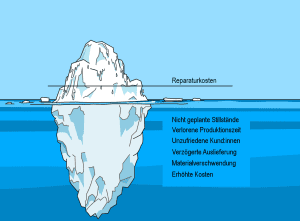Condition Based Maintenance (CBM)
What needs to be considered in order to successfully carry out predictive maintenance?
When deciding whether to implement a condition-based maintenance tool (CBM) or a predictive tool (PrM), important decisions have to be made in advance. Ultrasound or vibration? Infrared or oil analysis) Motor current testing or precision alignment?
A good CBM program starts with a detailed assessment of the equipment in terms of probability and severity. Once the responsible staff has determined which equipment is most critical, the organization recognizes and understands the nature of the failures and seeks to reduce them over time. On this basis, the team is able to identify the appropriate CBM technology to detect various faults early enough – so the maintenance team can plan repair or replacement decisions in good time to avoid serious faults and safety risks in the longer term.
Why do CBM programs usually fail?
There is usually a lack of clear goals and expectations:
- Maintenance staff usually do not have enough time to learn the CBM tool
- Root cause analyses should be operationalized to incorporate found cases into the tool
- All stakeholders must be made aware of the necessity
The positive economic benefits of predictive maintenance are beyond doubt, as demonstrated by surveys of companies from various industries that have already implemented these tools. Additional best practice information for CBM programs can also be found in industry resources such as the Society for Maintenance & Reliability Professionals (SMRP) Best Practices Metrics.
Click here for more information.
